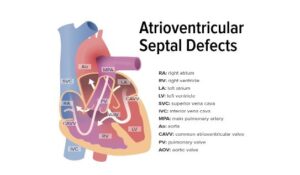Introduction
Advancements in medical technology have significantly improved the treatment options available for patients with heart valve disease. Among these innovations, the CoreValve system has emerged as a revolutionary approach to transcatheter aortic valve replacement (TAVR). With its cutting-edge design and exceptional clinical outcomes, CoreValve is transforming the landscape of cardiac care and providing new hope for patients worldwide.
What is CoreValve?
CoreValve is a transcatheter aortic heart valve replacement system designed to treat patients with severe aortic stenosis, a condition characterized by the narrowing of the aortic valve. The system comprises a self-expanding nitinol frame with a tissue valve sewn inside, which is delivered through a minimally invasive procedure using a catheter. This innovative technology enables physicians to replace a diseased aortic valve without the need for open-heart surgery.
Key Features and Benefits:

- Self-Expanding Nitinol Frame: CoreValve utilizes a self-expanding nitinol frame that provides excellent radial strength and optimal sealing properties. The frame is designed to expand and conform to the native anatomy, ensuring a secure and stable valve position.
- Transfemoral and Transapical Approaches: The CoreValve system offers multiple access options, including transfemoral (through the groin) and transapical (through a small incision between the ribs) approaches. This versatility allows physicians to tailor the procedure based on individual patient characteristics and preferences.
- Minimal Invasive Procedure: Unlike traditional surgical valve replacement, CoreValve is delivered via a minimally invasive catheter-based procedure. This approach significantly reduces the risks associated with open-heart surgery, such as infections, bleeding, and longer recovery times.
- Enhanced Hemodynamic Performance: CoreValve’s unique design ensures excellent hemodynamic performance, providing efficient blood flow and reducing the risk of complications such as regurgitation and thrombosis. Patients often experience improved heart function and symptom relief following the procedure.
Conclusion
The CoreValve system represents a remarkable advancement in the field of cardiac care, revolutionizing the treatment of severe aortic stenosis. Its innovative design, minimally invasive approach, and outstanding clinical outcomes have transformed the way patients with heart valve disease are treated. CoreValve has not only provided new hope for individuals who were previously deemed ineligible for surgery but also offers a safer and more efficient alternative to traditional surgical valve replacement. With ongoing research and development, CoreValve will likely continue to evolve, enhancing the lives of countless patients and shaping the future of cardiovascular medicine.



